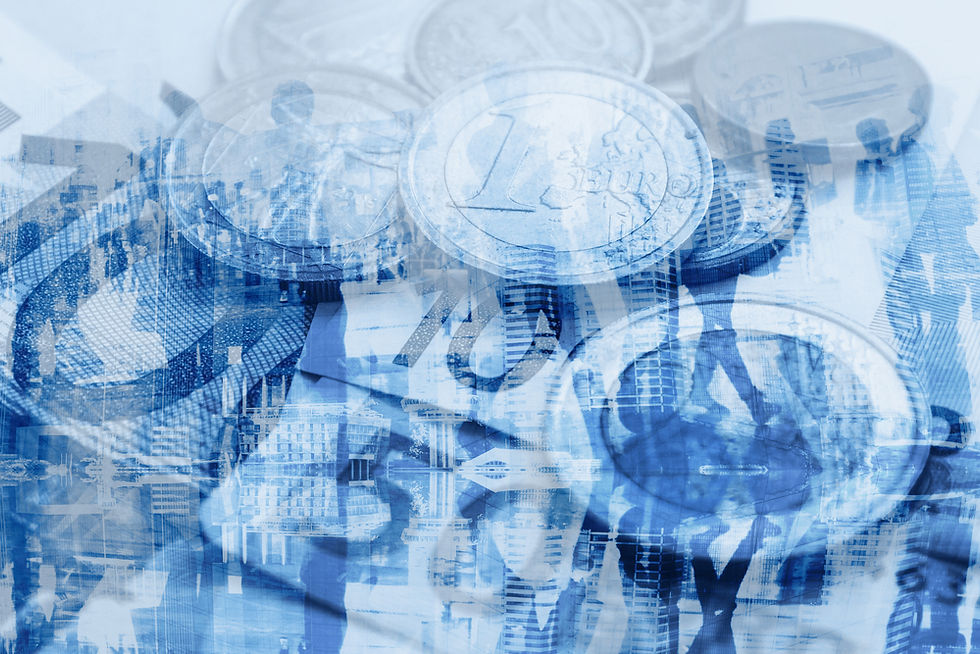When the Pendulum Swings, It Usually Swings to Excess
- NYee
- Oct 20, 2022
- 2 min read

Things are good. Things are not good. Those seem to be the two lenses through which most people view the world most of the time.
“Human thinking does not stay centered at what my mother used to call “the happy medium.” It usually swings from too much in one direction to too much in the other, from greed to fear, from optimistic to pessimistic, from risk averse to risk tolerant, and excessively. I like to point out that in the real world, things fluctuate between pretty good and not so hot, but in the markets, they tend to go from flawless to hopeless. The swings are overdone. Whenever human thinking and psychology are involved, I think A, the pendulum swings, and B, it usually swings to excess.”1
Financial markets are excellent for observing this “flawless to hopeless” tendency. Studies from the likes of GMO and Research Affiliates show that – from a long-term perspective - the level of economic activity doesn’t change all that much and the fair value of the companies that are major participants in that economic activity doesn’t change all that much. Yet the prices of those very same companies can vary dramatically from year-to-year.
Narratives and ideas are enormously powerful in human culture, economies, and markets (as economist Robert Shiller has explained1), and likely explain much of that gap between fair value and price. And therein lies the challenge and the opportunity as entrepreneurs and investors – to see how narrative is driving behavior, to do the work to separate fact from fiction, and to act on the basis of independent research.
I can’t tell you what happens next for stocks and bonds as we grind through a pretty miserable 2022. But I can tell you that in a short space of time we’ve gone from flawless to hopeless. Whereas 12-18 months ago everything was flawless, today it’s all hopeless – everyone seems to agree that the Fed is going to keep hiking rates as far as the eye can see + a deep recession is inevitable + currencies not named US Dollar are garbage.
Eventually the narrative will change. When it does, the pendulum is sure to swing again – probably to excess.



Comments